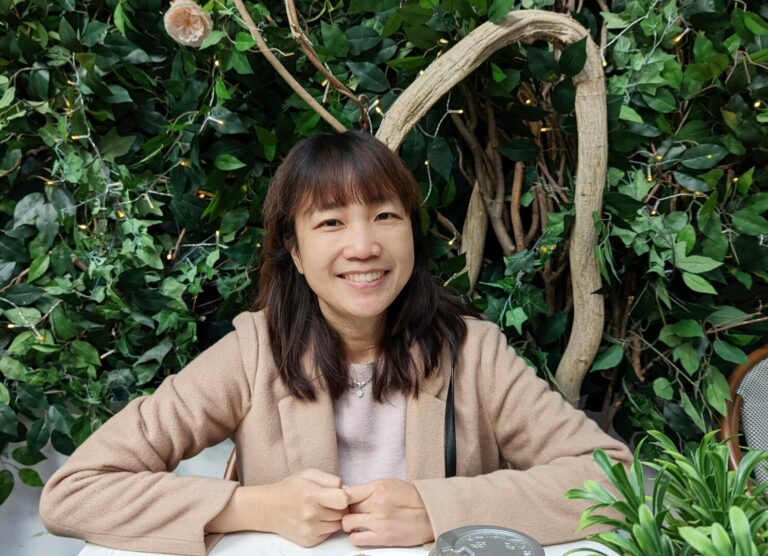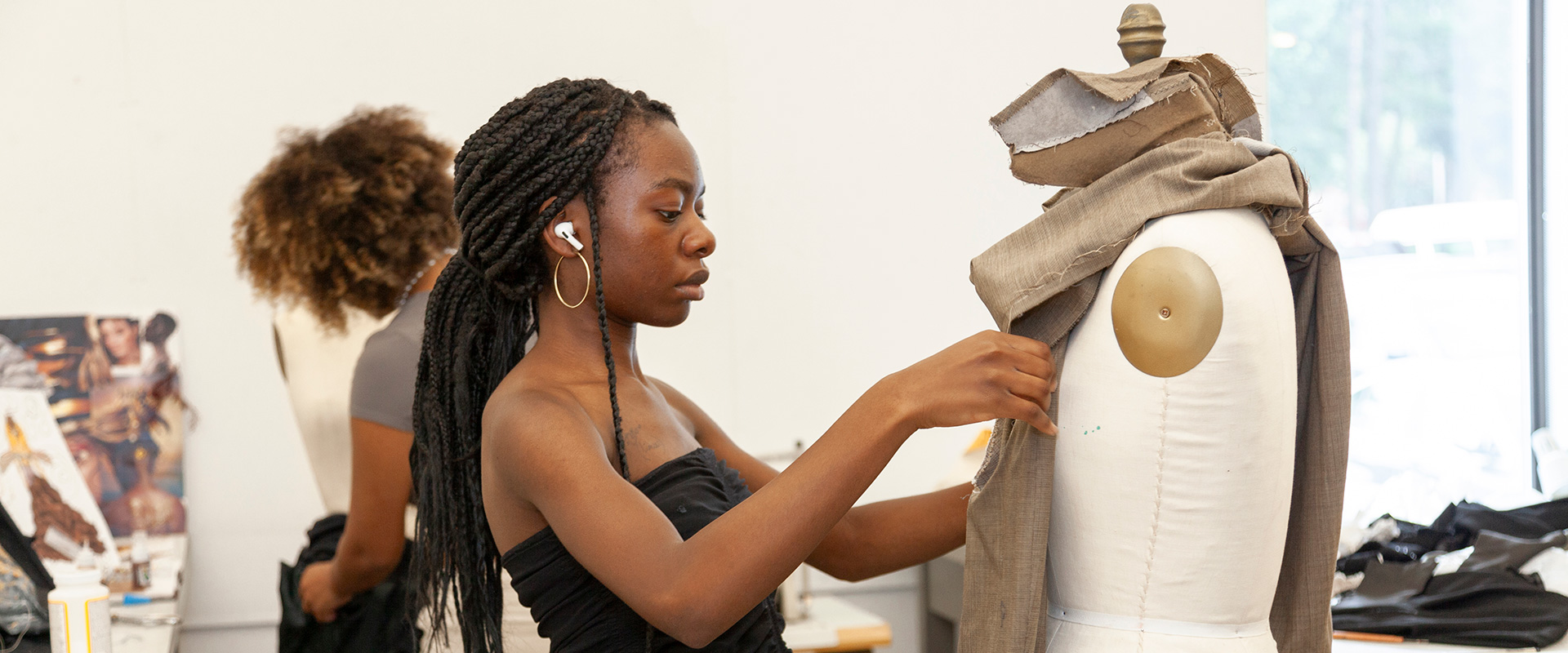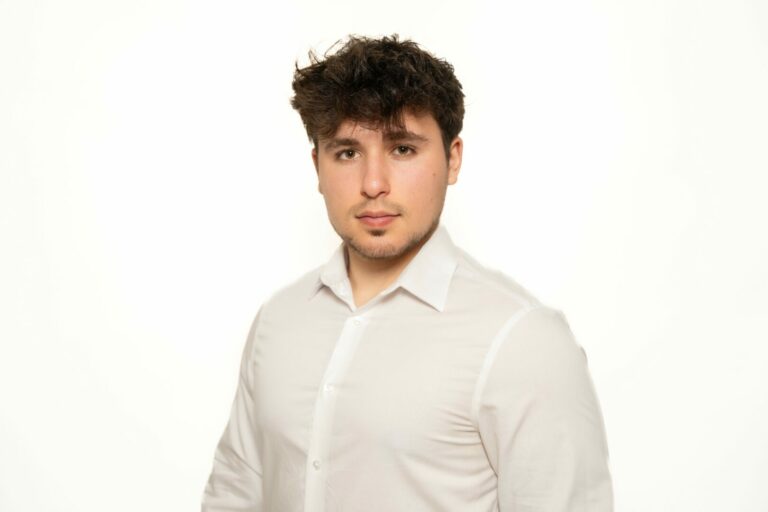We caught up with the brilliant and insightful David Cohen a few weeks ago and have shared our conversation below.
David, we’re thrilled to have you on our platform and we think there is so much folks can learn from you and your story. Something that matters deeply to us is living a life and leading a career filled with purpose and so let’s start by chatting about how you found your purpose.
After rediscovering my love of art while pursuing a degree in the social sciences, I decided to go to art school to see if I really had it in me to be an artist. After art school, with seemingly no real work skills and a family to support, I fell into the community arts non-profit world and found a place that made so much sense to me on so many levels. For the next 25 years I had a productive career, assisting artists in the promotion and exhibition of their work, learning to be an impactful leader, but most importantly, building community where the artists and their creativity was the glue that connected everyone. During those years, I stood by and watched other artists create – I was perfectly satisfied supporting them in their journeys not ever thinking about being a creator myself. It felt as if I had more important work to do that was bigger than my ego or my need to clutter the world with more objects. At age 54 a change in my work status brought on a major epiphany – I realized that my total self-identity was tied up in my job. And of course I understood that I was much more than my job but along the way I had forgotten who I really was. So I posed the question: If I am not my job, who am I? This sent me on an amazing journey to rediscover myself, to better understand authenticity and its connection to curiosity and creativity. Working to rediscover my authentic voice by allowing myself to be curious again has been such a feeling of rebirth and regeneration. I am thankful that the pathway has led me back to this special place where I can impact others’ lives by exploring beauty, mystery and the small details of our very complex world.

Thanks for sharing that. So, before we get any further into our conversation, can you tell our readers a bit about yourself and what you’re working on?
Where does one start when trying to begin again after such a long fallow period – could I still unearth those skills, long dormant, and not only regain the touch and craftsmanship that I had developed in art school but take them to another level? And what was I going to make? Did I truly have something unique to say? By giving myself permission to be curious again, creating constant challenges for myself, trusting my intuition and paying attention to what the works themselves were telling me, I started to find my pathway and unique vision.
As I worked to discover that authentic voice, each artwork that I create is a dollop of a thick stew containing a wide range of ingredients. In the pot are all of my interests and loves: nature, science, anthropology, books, collections, museums, history, curiosity, wonder and awe. Mixed in there are the spices: a love of light and shadow, a touch of mystery, and an ode to beauty. Each time I dip the ladle in, a different combination of ingredients and spices is gathered, so the results are never singular or linear but always somehow connected. Through varying combinations and emphases, I can venture down many pathways investigating different worlds within this broader visual universe.
In making explorations of the natural world the major focus of my art, I am also trying to elevate its symbolic importance – something that artists have been doing since the first days that they began to leave images behind. The recent “mosaic” paintings are my attempt at celebrating nature’s beauty and mystery, conjuring up symbols for reverence as the ancient Romans did when they created their incredible nature-focused objects and mosaic floor designs. This also aligns with my strong interest in unearthing how we came to see the world as we do today and the many ideas and events that shaped us along the way.
In terms of my process, I try to keep my art-making simple and direct. I use basic tools – pen and ink, and watercolor – to create images that often ask the viewer to consider composition, look at the entire surface, find color and pattern relationships as well as ponder the amazing range of the often overlooked details of animal and plant morphology. The composition of the images is worked out in detail beforehand through drawing and re-drawing and then transferred to watercolor paper. After inking it all in, I slowly layer the watercolor, building both an opacity and value that makes sense with all the other colors. It’s the color that always surprises me – although I have a predicated plan for the imagery, I never know what the finished piece will feel like until I’m done choosing my colors and seeing how all the layering unfolds. Also, I want scale to play a role in how the viewer interacts with the piece, so it is something I’m always experimenting with and considering when designing each piece. Unlike many who explore the world of watercolors and work on a more intimate scale, I am always trying to test the boundaries of what a watercolor can be.
I am now showing my work regularly throughout the Pacific Northwest and so have been blessed with many opportunities to share this work with others. I also have been working with Pomegranate Communications who are world famous for producing calendars, note cards, puzzles and a range of other printed paraphernalia. Currently they have turned one of my artworks into a 1000-piece puzzle and have produced a box set of note cards using my images.

If you had to pick three qualities that are most important to develop, which three would you say matter most?
Three qualities that I feel are most important, which I feel are very interconnected, are:
1) developing self-trust – trusting the intuitive forces within you to lead you where you need to go
2) being courageous – not letting fears stop you from moving forward. There are so many things that could instill fear within us – our many self-doubts, the old tapes playing in our heads about our self-worth, the words of our parents – the list goes one. You must stand outside those and leap into the uncertainty of life.
3) not judging – a natural tendency is to think about what others will say about what we’ve created. You are the only audience that counts. Make things for yourself – not for others.

Thanks so much for sharing all these insights with us today. Before we go, is there a book that’s played in important role in your development?
I am a voracious reader – always excited about different people’s take on creativity and and the creative journey. One book I’ll mention here is “Big Magic – Creative Living Beyond Fear” by Elizabeth Gilbert. There are so many wonderful nuggets in this work. One is gaining the understanding that, in her words, “we are all walking repositories of buried treasure – the universe buries strange jewels within each of us and then stands back to see if we can find them – like some cosmic trick the universe is playing on us. The hunt to uncover those jewels is the act of creative living. The courage to go on the hunt in the first place is what separates a mundane existence from a more enchanted one.”
Contact Info:
- Website: https://www.davidcohenart.com
- Instagram: @davidcohenart
- Other: https://www.pomegranate.com/search?q=david+cohen&options%5Bprefix%5D=last



so if you or someone you know deserves recognition please let us know here.




